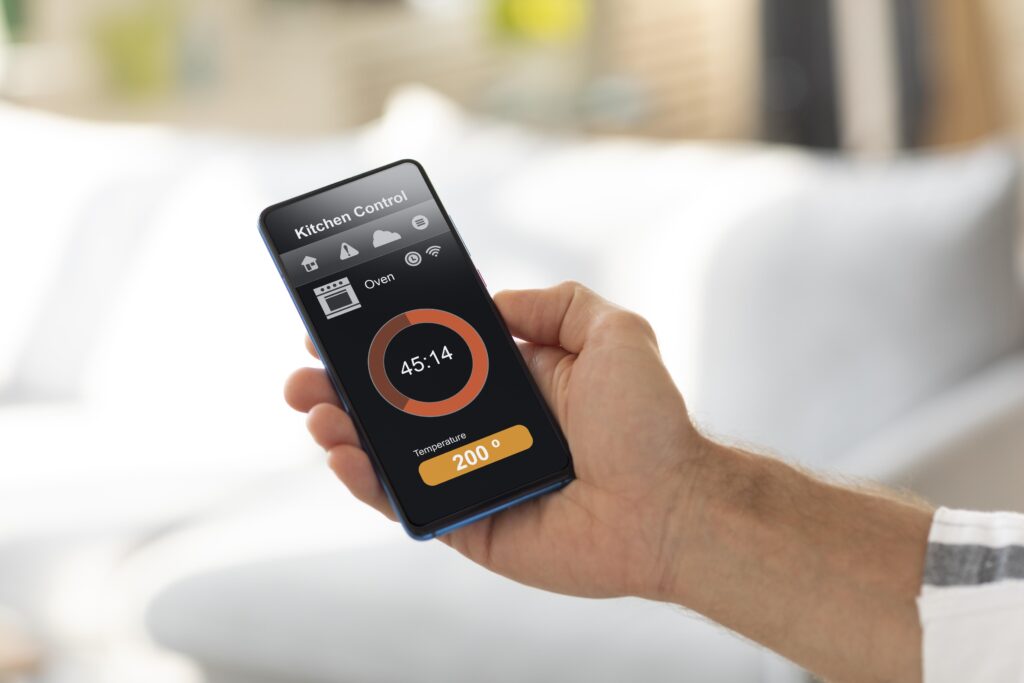How does “Call Verification” work in Central Station Monitoring Callbacks
Central Station Monitoring is crucial to modern security systems, ensuring swift responses to emergencies and potential threats. One of the key processes employed by Central Station Monitoring is “Call Verification.” This verification process plays a significant role in confirming the legitimacy of alarms triggered by security systems, allowing the monitoring center to take appropriate actions promptly.
The Role of Central Station Monitoring
Central Station Monitoring is a service provided by security companies remotely monitoring alarm systems installed in residential and commercial properties. When an alarm is triggered, such as a burglary alarm, fire alarm, or medical alert, the monitoring center is notified immediately.

The central station’s operators are responsible for assessing the situation and initiating the appropriate response, including dispatching emergency services or notifying the property owner.
The Need for Call Verification
While modern security systems are sophisticated and reliable, false alarms can still occur for various reasons, such as equipment malfunctions, user errors, or environmental factors. False alarms can lead to unnecessary dispatches of emergency personnel, potentially straining resources and causing inconvenience to the property owners.
To address this issue, Central Station Monitoring employs call verification as a vital step before dispatching emergency services. Call verification helps confirm the legitimacy of an alarm signal by contacting the property owner or designated contacts to inquire about the situation on-site.
The Call Verification Process
When an alarm signal is received at the central station, the operators initiate the call verification process. Here’s how it typically works:
Step 1: Alarm Signal Receipt
Upon receiving an alarm signal, the central station’s monitoring software generates an alert indicating the nature and location of the alarm.
Step 2: Initiating the Call
The operator accesses the contact information associated with the property, which may include the property owner’s phone number, keyholders, or emergency contacts. The operator then initiates a call to one of these numbers.
Step 3: Scripted Interaction
The operator follows a scripted interaction during the call to obtain specific information. The script is typically structured to elicit responses that indicate the legitimacy of the alarm event.
The operator may identify themselves, state the reason for the call, and ask questions such as the owner’s name, the nature of the emergency, or a predefined “safe word” to ensure authenticity.
Step 4: Response Evaluation
The operator evaluates the situation’s legitimacy based on the responses received during the call. If the contact provides valid authentication information and confirms the emergency, the operator immediately proceeds to dispatch the appropriate response teams.
Step 5: Non-Response or Invalid Authentication
Suppose the call goes unanswered or the contact cannot provide valid authentication information. In that case, the operator may attempt to reach another designated contact or follow the predetermined protocol set by the property owner. It could involve additional call attempts or notifying the authorities of a potential false alarm.
Incorporating call verification into Central Station Monitoring is just one piece of the puzzle in creating a robust security system for your home or business. If you want to ensure the safety of your property and loved ones, it’s essential to invest in a reliable security system backed by professional monitoring services.
Don’t wait for a crisis to strike – take proactive steps to safeguard your property and loved ones. Call us at 713-234-0024 and prioritize protecting what matters most to you.

